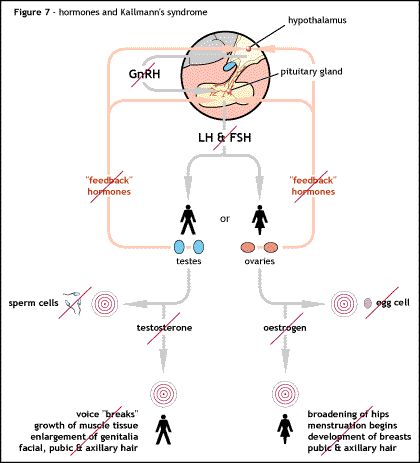Testicular Feminization Syndrome : A Man in a Woman
She is beautiful, intelligent and smart. She is 21 years of age. She is my friend, Lilly. For three years now, I and Lilly have been close friends. I have always thought she was a cute beautiful lady with no problems at all. But not until today, when she told me something no female had ever told me before. Just as I was sitting on a chair in my veranda, Lilly approached me. “Peter, being a medical student, please can you explain why as a girl, I haven't still seen my menstrual period. In fact, sometimes I feel a little bit different from other girls” She told me shyly. I was shocked. “Wow. That is really unusual. Dear I think you have to see an endocrinologist. Please go to the general hospital for thorough checkup”. I replied her.
To cut the story short, she came back to me in tears. “The doctor said I have testicular something something. He said I am a man who just has a female body. He said I have some reproductive features of a male, that is the reason I can't menstruate”. She said to me in tears and anguish. Indeed, she had Testicular Feminization Syndrome.
What it is
Testicular feminization syndrome is a disease condition in which an individual is genotypically male but phenotypically female. Normally, a fetus with the XY chromosome develops into a male in both structure and function while those with the XX chromosomes develop into females in both structure and function. But in testicular feminization syndrome, the child has the XY chromosome but yet develops into a female in appearance. That is, the child is genotypically male but phenotypically (in appearance) female.
Etiology and Pathogenesis
The main cause of testicular feminization syndrome is unresponsiveness of testosterone receptors to testosterone. There are two major hormones responsible for sex differentiation. The Anti-Müllerian hormone and testosterone. Anti-Müllerian hormone is responsible for the development of male
internal genitalia (Cowper's gland, seminal vessicle, testes, ejaculatory duct) while testosterone is responsible for the development of the male external genitalia(scrotum,urethra, penis and prostate). In the absence of Anti-Müllerian hormone, female internal genitalia develops and in the absence of testosterone, female external genitalia develops. In normal males with the XY chromosome, there is presence of both Anti-Müllerian hormone and testosterone.
In patients with testicular feminization syndrome, these two hormones are also present. But the receptors which normally should respond to testosterone do not respond. Thus, testosterone is present but its action cannot be performed because its receptors are non responsive. Thus instead of male external genitalia developing, female external genitalia then develops. But on the other hand, anti-Müllerian hormone causes development of male internal genitalia. Thus, patients with testicular feminization syndrome have male internal genitalia but female external genitalia. The excess testosterone is converted to estrogen which is responsible for the feminine look. Thus, patients with testicular feminization syndrome are also called pseudohermaphrodites.
Signs and Symptoms
A major symptom of testicular feminization syndrome is primary amenorrhea. Primary amenorrhea is a condition whereby a female doesn't experience her menstrual cycle. In this case though, the person is not a female but a male with a female appearance so she is taken for a female. The cause of this is because of the male internal genitalia which develops. Menstruation can only occur if an individual has female internal genitalia which includes uterus, ovaries, the cervix and the upper one-third of the vagina. Since the female internal genitalia is absent, individuals with testicular feminization syndrome cannot menstruate. Also, they cannot get pregnant and so cannot bear children.
Testicular feminization syndrome is also associated with social problems. Individuals with testicular feminizing syndrome are usually ostracized. They are usually lonely and have low self esteem. They find it difficult to get married or even get into a relationship.
Treatment
Treatment involves removal of the testis and estrogen hormone replacement therapy.
Conclusion
Though the shock of having testicular feminization syndrome really frustrated Lilly, with time, she was able to get used to her condition. Thanks to the amazing endocrinologist who gave her the best therapy and support.

